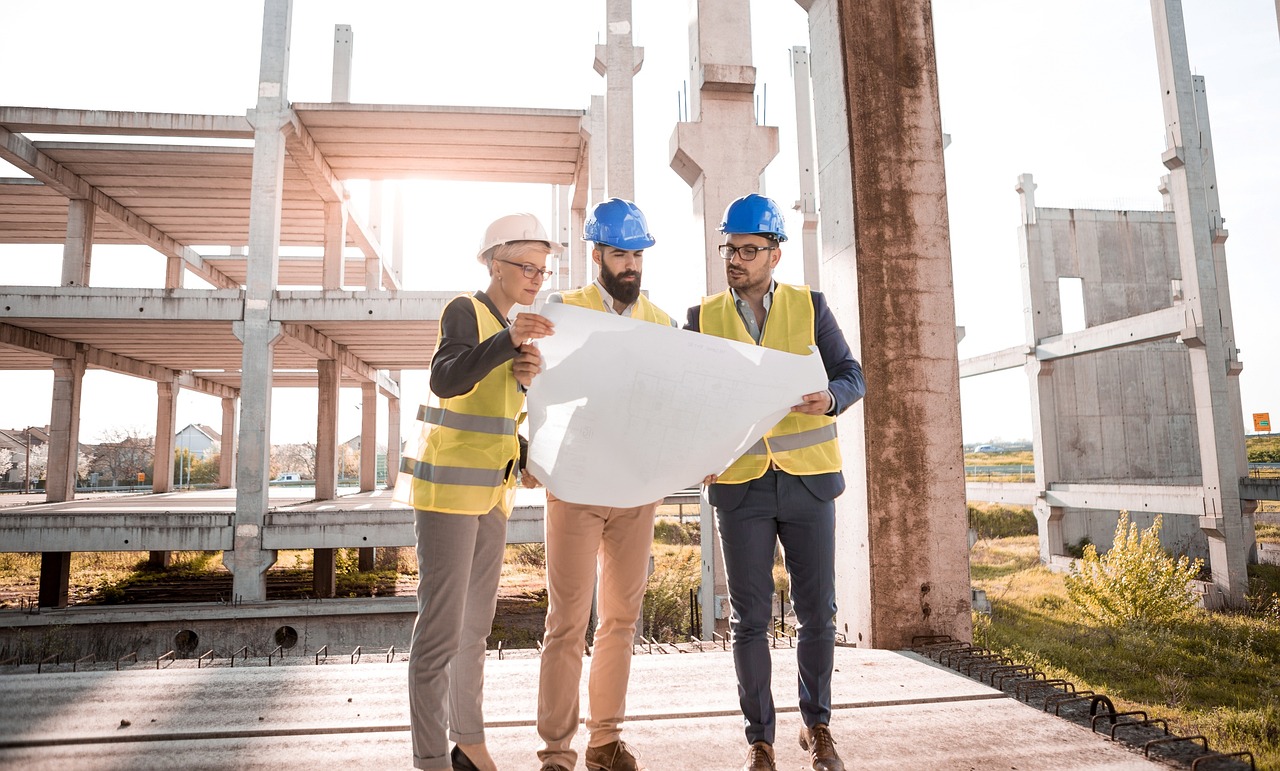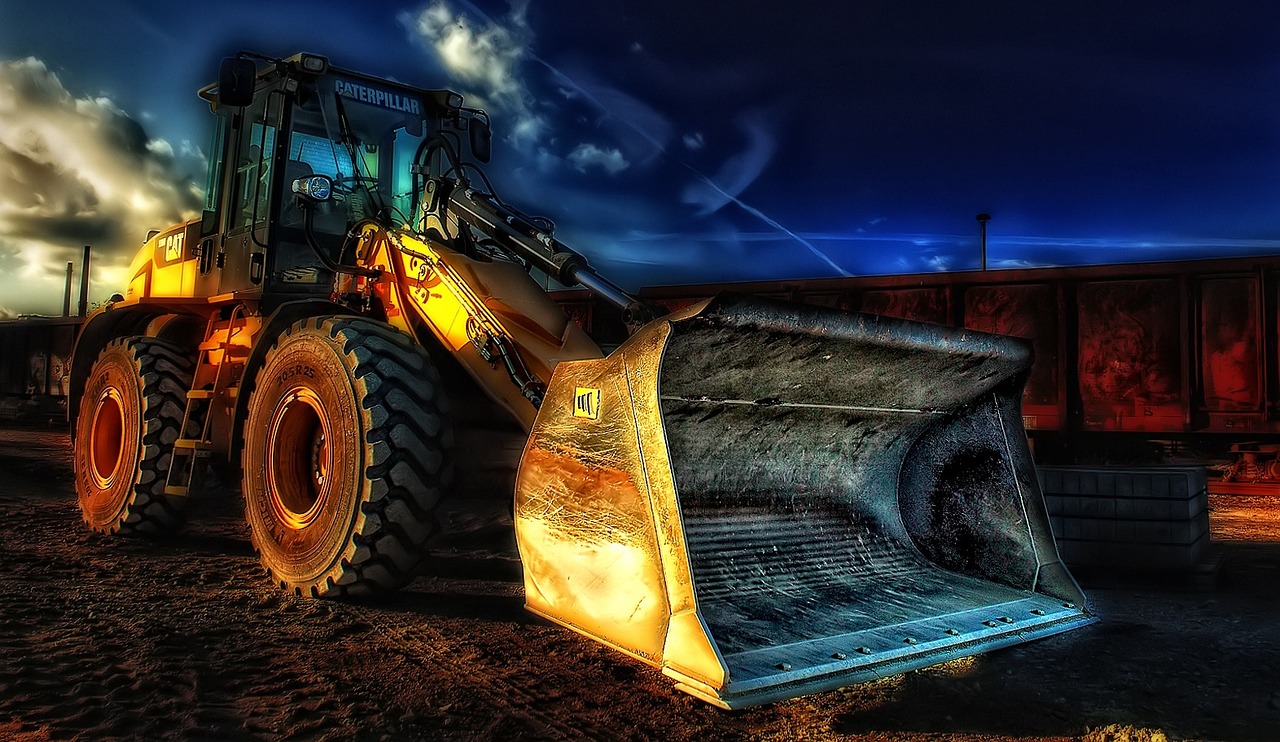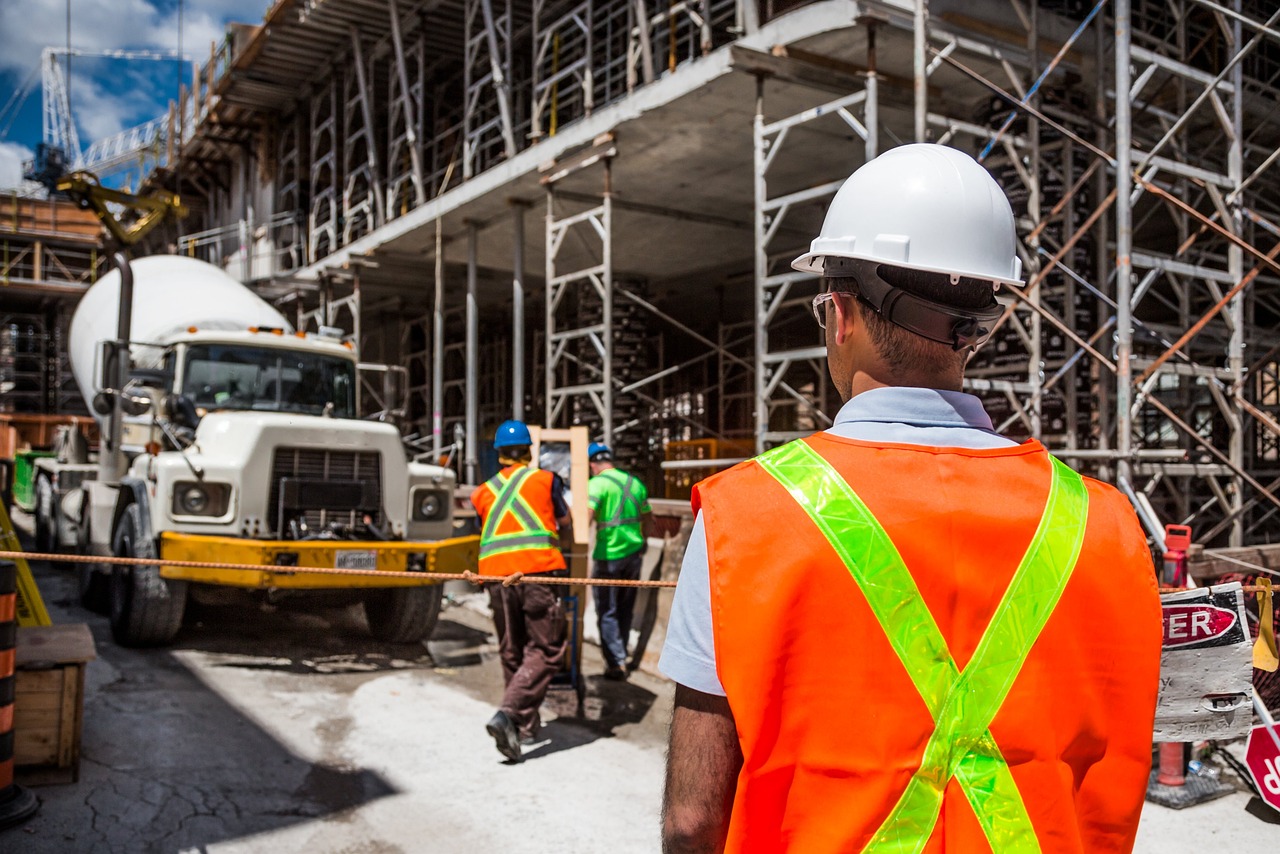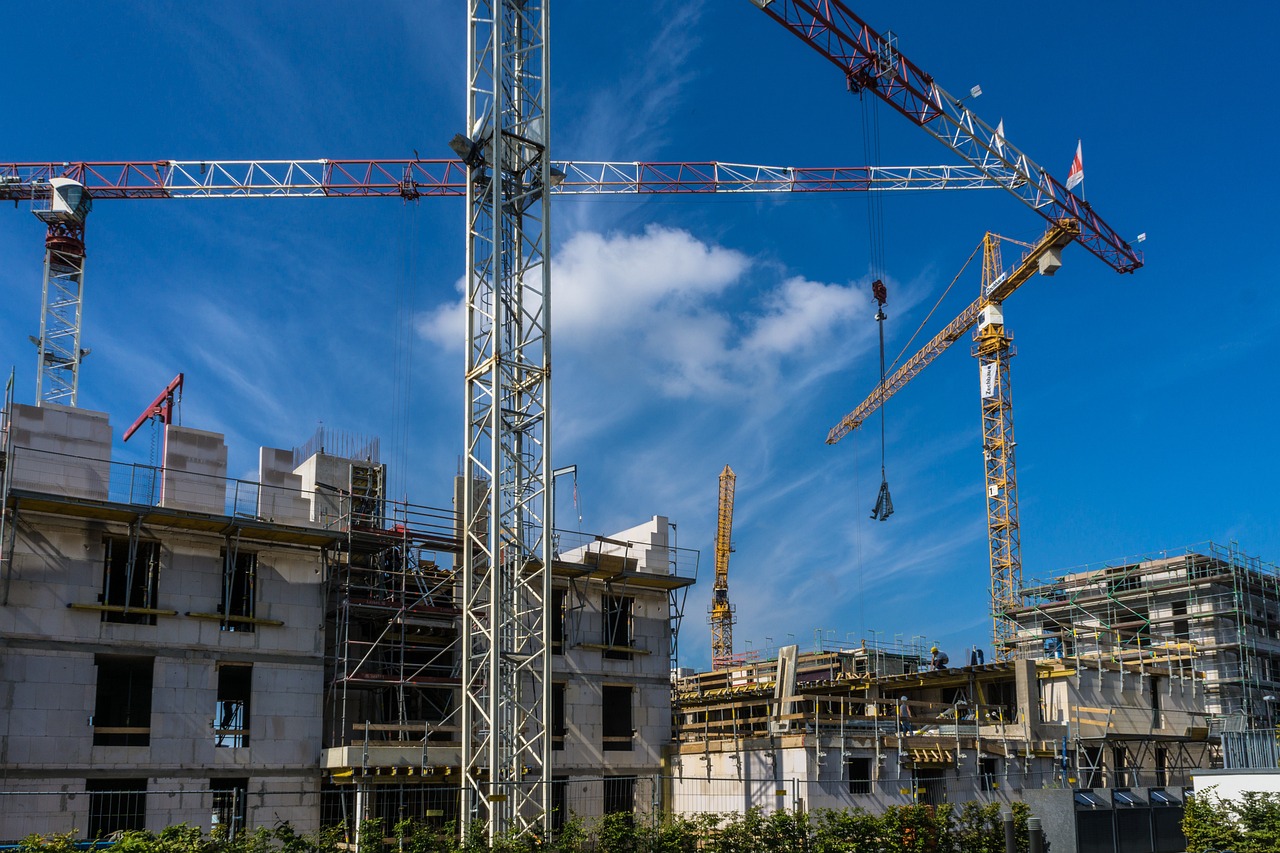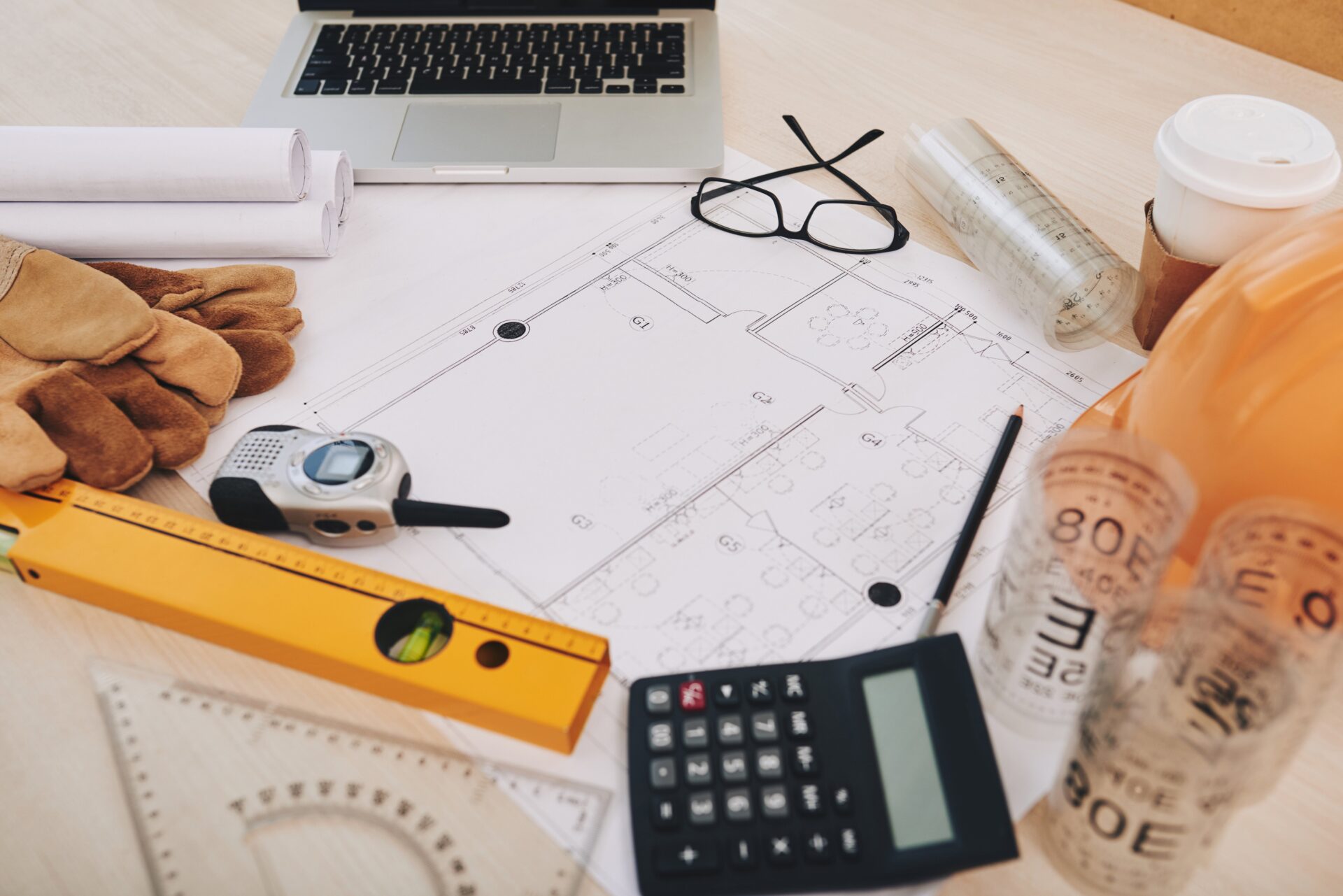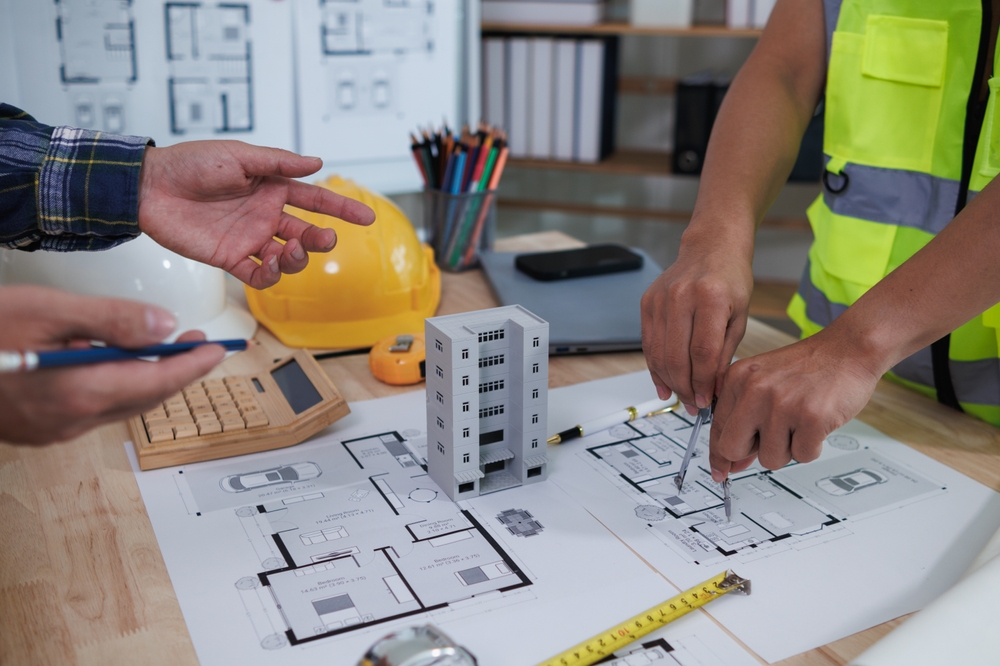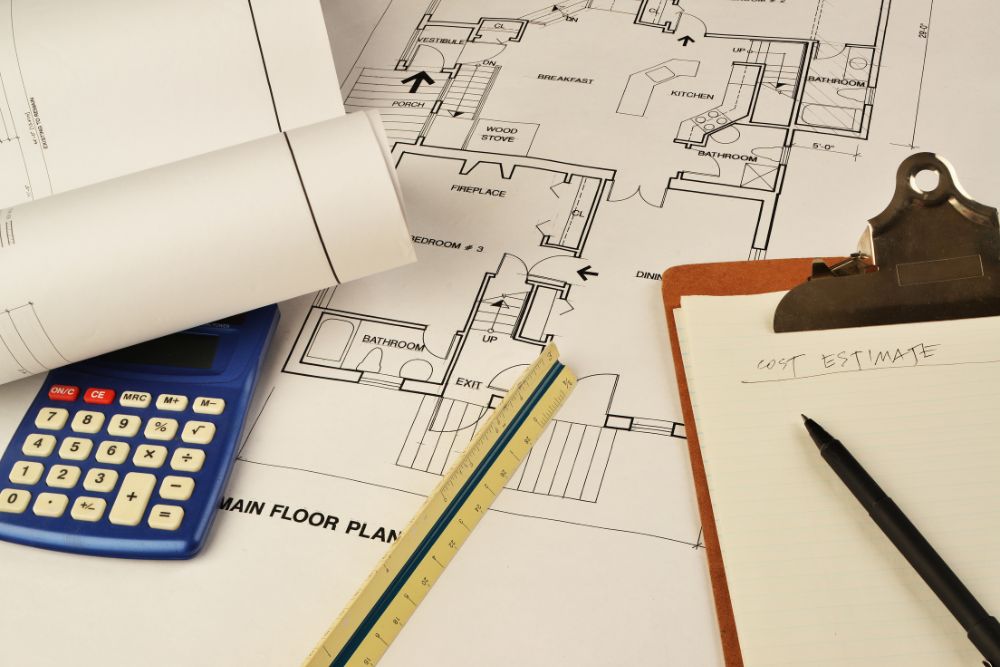Planning to upgrade your home’s exterior with a strong and modern look? You might be curious about “how much does metal siding cost?”. Metal siding is a wise investment that offers durability, style, and long-lasting protection for your home. It enhances your home’s appearance while withstanding harsh weather, fire, and pests.
The overall cost depends on several key factors, including the type of metal, the size of your home, and the complexity of the installation. While it may seem costly at first, metal siding’s long lifespan and low maintenance make it a worthwhile investment.
In this blog, we’ll explain metal siding costs, explore different material options, and share simple tips to help you budget wisely.
What is Metal Siding?
Metal siding is a type of exterior wall covering made from metals like steel, aluminum, or zinc. It protects a building from weather, moisture, and damage while giving it a clean, modern look.
It’s known for being strong, long-lasting, and low-maintenance. Unlike wood, it doesn’t rot or attract insects. Metal siding is also fire-resistant and can handle harsh weather conditions. In short, metal siding is a durable and stylish option that keeps your home safe and looking great for many years to come.
Types of Metal Siding
When selecting metal siding for your home or building, it’s helpful to be aware of the various types available. Each style has its own look, benefits, and uses. Here are some of the most common types of metal siding available for your choice.
1. Corrugated Metal Siding
Corrugated steel siding has a wavy pattern that makes it strong and stylish. It is often used in modern homes and industrial buildings. This type of siding is durable, affordable, and great for both houses and commercial spaces. It also withstands harsh weather well.
2. Metal Panels
Metal panel siding has a flat, smooth look. It comes in various finishes, including steel, aluminum, and copper. You can find it in different colors and styles to match your design. It’s a popular choice for modern homes and office buildings due to its clean and sleek appearance.
3. Vertical Metal Siding
Vertical steel siding features straight lines, giving it a neat and modern appearance. It helps water run off efficiently, which protects walls from moisture. This style works well for modern farmhouse or contemporary designs. It looks attractive and offers good protection against rain and humidity.
How Much Does Metal Siding Cost Per Square Foot?
The cost of metal siding can vary significantly based on the type of metal, quality, finish, and whether the price includes professional installation. Based on recent pricing information in the USA, here is a table detailing the average cost range per square foot for different types of metal siding:
Metal Siding Type | Average Cost Per Square Foot (Material Only) | Typical Lifespan | Notes |
Tin | $1 to $3 | Up to 15 years | Most budget-friendly, but more susceptible to dents and corrosion. |
Aluminum | $3 to $18 | Up to 50 years | Lightweight and rust-resistant, this material is suitable for use in wet or coastal areas. Price varies by finish/thickness. |
Steel | $4 to $16 | Up to 50 years | Strong and durable against weather and dents. Price varies by seamlessness and finish. |
Zinc | $15 to $25 | 80 to 100 years | Long-lasting and low-maintenance; develops a protective, corrosion-resistant coating (patina). |
Copper | $20 to $35 | 100+ years | It is the most expensive, very long-lasting, and develops a distinctive patina over time. Often used for accents. |
Total Installed Cost by Home Size and Material
The following table provides typical total cost ranges for an average-complexity residential installation.
Home Size (Square Feet) | Average Steel Siding Cost Range | Average Aluminum Siding Cost Range | Cost Rationale (Per Square Foot) |
1,000 sq. ft. | $7,000 to $16,000 | $6,000 to $10,000 | Steel: $7-16/sq. ft., Aluminum: $6-10/sq. ft. |
2,000 sq. ft. | $14,000 to $32,000 | $12,000 to $20,000 | Steel is more durable, leading to a higher top-end cost. |
3,000 sq. ft. | $21,000 to $48,000 | $18,000 to $30,000 | Larger projects may benefit from slight material discounts. |
Main Components of Metal Siding Installation
When installing metal siding, several key parts work together to complete the project. Understanding these components helps you know how much does metal siding cost and what’s involved in the process:
- Materials: Includes metal panels, fasteners, trim, and finishing pieces needed for installation.
- Labor / Installation: The cost of hiring professionals to measure, cut, and properly install the siding.
- Removal/Prep Work: Involves removing old siding and preparing the walls by cleaning, leveling, or wrapping them.
- Extras: Covers additional items like insulation, custom cuts, detailed corners, waste removal, delivery, and permits.
Metal Siding Cost Compared to Other Siding Options
Before choosing siding for your home, it’s wise to compare the price of metal siding to other materials. Each option has its own cost, style, and upkeep needs. Here’s an easy breakdown to guide your decision.
Siding Material | Cost per sq. ft. (installed) | Estimated Total for a 2,000 sq ft House |
Aluminum Siding | $3.00 – $7.25 | $6,000 – $14,500 |
Steel / Metal Siding | $4.25 – $8.75 | $8,500 – $17,500 |
Vinyl Siding | $3.00 – $12.00 | $6,000 – $24,000 |
Fiber Cement Siding | $5.00 – $15.00 | $10,000 – $30,000 |
Wood / Log Siding | $5.00 – $15.00 | $10,000 – $30,000 |
Brick Siding / Brick Veneer | $8.00 – $18.00 | $16,000 – $36,000 |
Stone Siding / Stone Veneer | $10.00 – $45.00 | $20,000 – $90,000 |
Stucco | $7.00 – $17.00 | $14,000 – $34,000 |
 Factors That Affect the Cost of Metal Siding
Factors That Affect the Cost of Metal Siding
When planning to install metal siding, it’s essential to understand the factors that affect the total cost. Several factors can influence the price, including the type of metal and style you select, as well as labor and location costs. Understanding these factors will help you plan your budget wisely.
Type of Metal
The kind of metal you choose plays a significant role in how much you’ll spend. Each metal has its own price, durability, and maintenance needs.
- Aluminum is lightweight, doesn’t rust, and works well in wet areas. However, it can dent more easily.
- Steel is stronger and lasts longer, but it requires treatment to prevent rust.
- Copper looks beautiful and can last up to 100 years, though it’s expensive.
- Zinc is also long-lasting and requires little care, but it is more expensive than aluminum or steel.
When choosing, consider how long you want the siding to last and how much maintenance you’re willing to undertake.
Style and Profile
The design or shape of your siding panels can also affect the cost. Some styles are easy to install, while others take more time and effort.
- Lap siding features overlapping horizontal panels and is typically the most affordable option.
- Board and batten gives a vertical farmhouse look and costs a bit more.
- Log-style siding resembles wood logs and is more decorative and expensive.
- Corrugated metal has a wavy texture that’s stylish and often cheaper, but may not suit every home.
The more complex or detailed the style, the higher the installation cost will be.
Installation Complexity
The ease or difficulty of installing the siding also affects the price.
- Single-story homes are faster and cheaper to install.
- Multi-story homes take more time, equipment, and labor, which increases costs.
Your location matters too; areas with higher labor rates or fewer skilled installers usually charge more.
Labor Costs
Labor accounts for a significant portion of your total budget. Skilled workers must carefully cut and attach the panels to ensure a seamless fit. Poor installation can cause leaks or damage.
- Labor costs usually range from $3 to $10 per square foot.
- Homes with more stories or complex designs take longer and cost more.
- Metals like copper or zinc may require specialized tools, further increasing labor costs.
Additional Costs
There are also some extra costs that people often overlook.
- Insulation adds cost but helps lower energy bills in the long run.
- Old siding removal and disposal can be an additional cost, but it is necessary for replacements.
- Special finishes or coatings improve protection and appearance but come with added expense.
Considering these additional costs early on can help you establish a more accurate budget for your siding project.
Pros and Cons of Metal Siding
Metal siding is a popular choice for many homeowners because it’s strong, long-lasting, and needs little maintenance. It protects your home from fire, insects, and harsh weather. However, it can be more expensive than other siding types and may get dents or scratches over time. Here’s a simple look at its pros and cons:
Pros | Cons |
Very strong and durable | Costs more than vinyl siding |
Lasts for decades with proper care | Can rust or corrode in coastal areas |
Needs little maintenance | Hard for beginners to install |
Comes in many colors and finishes | Can get dents or scratches |
Resistant to insects and pests | Replacing small damaged sections is difficult |
Fire-resistant and waterproof | May fade or lose shine over time |
Eco-friendly and recyclable | May require professional installation |
Tips to Save Money on Metal Siding Installation
Metal siding can be costly. However, with a few wise choices, you can reduce expenses without losing quality. Here are some easy ways to save:
- Buy in bulk: When possible, buy all your siding materials at once. Contractors and suppliers often give discounts for large orders. This helps you save more than buying in small amounts later.
- Plan your timing: Try to start your project during the off-season, typically late fall or winter. During this time, labor costs are often lower because contractors have fewer projects to manage. Still, check the weather first to avoid delays.
- Select affordable materials: Opt for metals that strike a balance between cost and quality. Steel is durable and budget-friendly, while aluminum is best suited for wet areas, as it doesn’t rust. Avoid paying extra for fancy designs unless they’re really needed.
- Compare quotes: Always obtain estimates from several contractors before making a decision. This helps you find fair pricing and good service.
- Do simple prep work yourself: If you can, remove old siding or clean the walls before installation. This can lower your labor costs.
- Stick to standard options: Custom colors or special finishes may look nice, but they often come at a higher cost. Standard choices are usually more affordable and still attractive.
By planning carefully and making informed choices, you can achieve beautiful, long-lasting metal siding without overspending.
FAQs
How Much Does Steel Log Siding Cost?
Steel log siding usually costs $7 to $13 per square foot installed. However, prices can change based on the design and your location. It looks like real wood, but it lasts much longer and requires less care.
Is Steel Siding Cheaper Than Brick?
Yes, steel siding is typically less expensive than brick. While steel costs around $7 to $16 per square foot, brick siding can range from $8 to $18 per square foot. So, steel siding saves you money and installs faster, too.
What Is The Cheapest Siding Option For A House?
The cheapest siding option is usually vinyl siding. The cost ranges from $3 to $8 per square foot. It’s easy to install, low-maintenance, and comes in many colors.
Is Siding Cheaper Than Painting A House?
In the short term, painting is a more cost-effective option. However, siding lasts much longer. So, in the long run, siding can save money because it needs less upkeep and doesn’t fade as quickly.
What Color Siding Lasts The Longest?
Lighter colors, such as white, beige, or light gray, tend to last the longest. They reflect sunlight, fade less, and stay bright for many years. Darker shades can look great but may fade faster in strong sunlight.
Conclusion
Metal siding is a smart choice for all homes. It may cost more initially, but it lasts for many years with minimal upkeep. It also keeps your home safe from weather, fire, and pests while giving it a clean, modern look.
Knowing how much does metal siding cost helps you plan your budget better. With the right material and proper planning, you can get a durable and beautiful result without overspending.
For a precise and accurate metal siding cost estimate, contact Prime Estimation today. Our Metals estimating services make planning easy and help you save both time and money.


 Factors That Affect the Cost of Metal Siding
Factors That Affect the Cost of Metal Siding